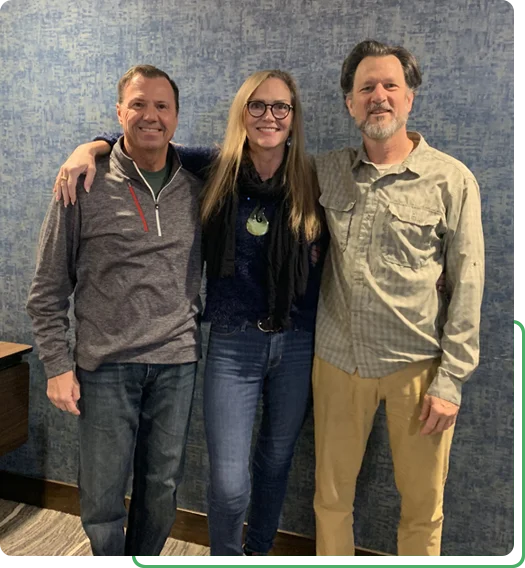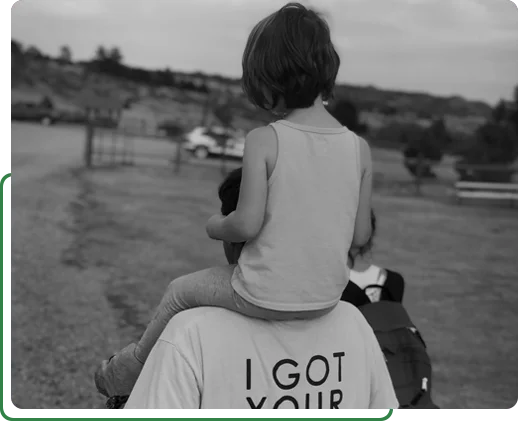Social networks provide the mechanisms for the diffusion and acceptance of healthy norms and practices and the context for peer group monitoring and support. Positive social bonds and social norms increase the protective factors while learning and modeling the skills needed for growing relationships and developing connections to each other. These connections reduce ‘Pruning’.
By focusing on patterns of relationships, network approaches can clarify the contexts in which relationships form and extent of influence on others. Maximizing these protective bonds across school populations, increasing opportunities for group cohesion including integrated youth– adult networks, and promoting influence of youth with healthy coping skills is critical.
High-energy activities maintain interest, motivation, and create shared positive emotional experiences and create norms that support healthy coping skills. Space is created to practice skills that grow healthy bonds and draw upon resources in social environments to meet goals, manage career and personal challenges, and prevent behavioral health problems.
Personally meaningful – participants are invited to share personally relevant goals and values. Drawing upon ‘real life’ strengths and conversations as the primary way to teach. Provides space for culturally relevant customs, celebrations, and traditions.



